If you’re heading to Western Australia and have an interest in Australia’s maritime past, the Albany: Historic Whaling Station Entry Ticket offers an intriguing glimpse into a bygone era. This experience isn’t just about walking through old buildings — it’s a well-rounded, educational day that combines history, wildlife, and scenic beauty. Based on reviews, it’s clear that many visitors find it both engaging and informative, making it a solid choice for families, history buffs, or those simply curious about Australia’s whaling legacy.
What we particularly appreciate about this tour is the chance to explore the restored whale processing factory, walk aboard the world’s only preserved whale chaser, and see impressive marine skeleton displays, including a giant blue whale. It’s also nice that the ticket price of $24 delivers access to multiple exhibits, films, and the natural surroundings—all on one ticket. However, one aspect to consider is that the experience is quite focused on the history and artifacts; if you’re looking for a more interactive or outdoor adventure, you might need to supplement this with other activities. Typically, this tour suits those who love learning about history, marine life, or enjoy leisurely museum visits.
Key Points
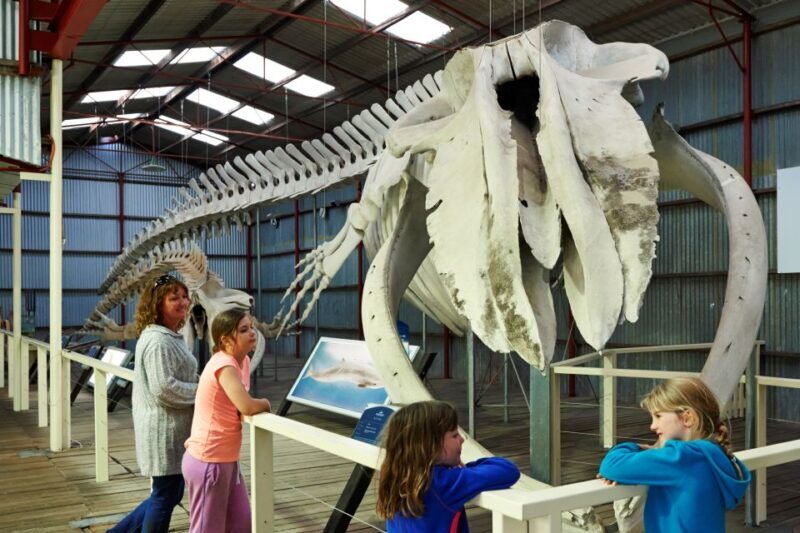
- Comprehensive access: Full entry to the historic whaling station, museum exhibits, and surrounding gardens.
- Educational and visual: Films, artifacts, and skeleton displays create a vivid picture of Australia’s whaling past.
- Unique attractions: Climb aboard the Cheynes IV, the world’s only preserved whale chaser ship.
- Scenic setting: Overlook one of Albany’s picturesque bays and enjoy native wildflowers.
- Family friendly: Free BBQs, native animal encounters, and engaging exhibits make it suitable for all ages.
- Affordable value: For just $24, it offers a full day of engaging activities and learning.
A Closer Look at Albany’s Historic Whaling Station
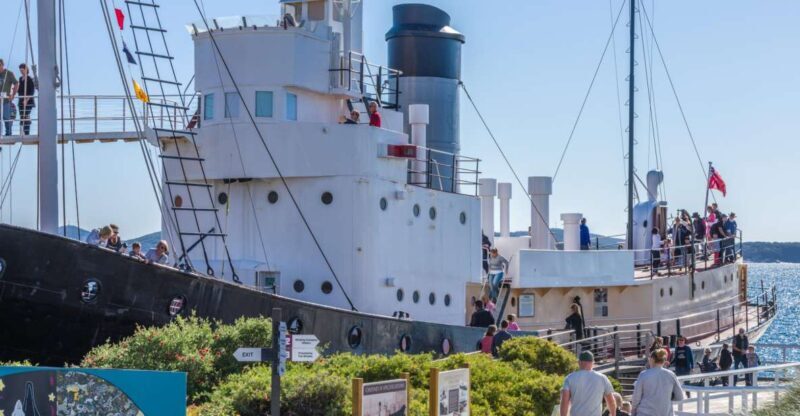
The Restored Whale Processing Factory
Walking into the factory, you immediately get a sense of the scale and industrial nature of Australia’s last operating whaling station. The factory has been beautifully restored to reflect its operational days, allowing visitors to visualize what whaling life was like in the mid-20th century. It’s filled with authentic machinery, photographs, and informative displays, giving a realistic feel that helps bridge past and present.
Guests have mentioned how “it was a casual walk around,” with plenty of time to absorb the exhibits without feeling rushed. The site’s interpretation panels do a great job of explaining how whales were processed, from catching to rendering oil, making it accessible even to those with no prior knowledge.
The Marine Skeletons and Art Collection
One of the most striking features is the marine skeleton display, which includes a blue whale skeleton—a sight that’s both impressive and educational. The size and scale of these skeletons offer insight into the incredible creatures that once roamed these waters. Reviewers appreciate the “stunning” displays, noting that they provide a real sense of wildlife’s grandeur.
Plus, the station hosts a renowned marine animal art collection and scrimshaw art, which are displayed alongside the skeletons. These artworks add depth, showing how whalers preserved and celebrated their finds through art—something that appeals to those interested in craftsmanship and marine biology.
Climb Aboard the Cheynes IV
This is a highlight for many visitors. The Cheynes IV is the only preserved whale chaser ship in the world, and stepping onboard gives you a tangible connection to the industry’s machinery and techniques. Walking the decks, you get a sense of the rugged, no-nonsense design of these vessels, which once prowled the southern oceans searching for whales.
Guests have expressed how “it was worth it,” especially for those who appreciate maritime history. The crew who maintain the ship are knowledgeable and enthusiastic, which adds a personal touch to the visit. It’s a chance to see a piece of history up close, rather than just reading about it.
More Great Tours NearbyFilms and Artifacts
The site also features short films played inside converted whale oil tanks. These videos are well-made, providing context and stories about the whaling industry and its impact. Visitors often find these clips quite engaging, adding emotional depth and understanding of the industry’s significance.
The museum exhibits are filled with authentic artifacts and memorabilia, from tools to personal items used by whalers. This makes the experience more tangible and helps you grasp the day-to-day life of those involved in this industry. Many reviews mention how “you could spend hours reading everything” and still want to come back for more.
The Natural and Scenic Surroundings
Beyond the exhibits, the tour includes access to the Regional Wildflower Garden, home to over 100,000 plant species. It’s a peaceful spot for a stroll and provides a lovely backdrop to the visit. For families, there are free BBQ areas and the Australian Wildlife Park, where native animals can be seen up close and personal.
Guests have commented on the beautiful views of Albany’s bays, which add a scenic layer to the historical experience. It’s a perfect combination of cultural and natural exploration.
Practical Details and Value
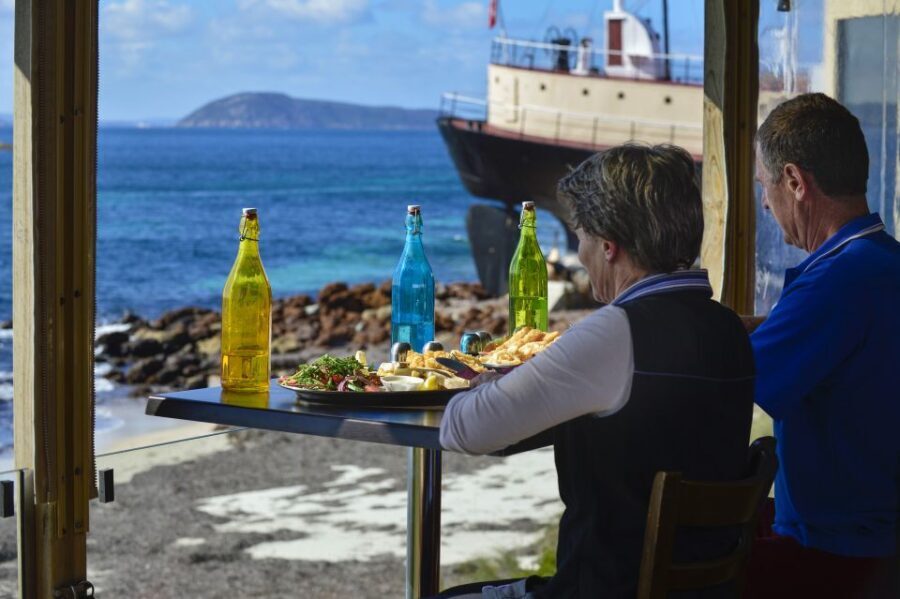
The $24 ticket covers entry to all exhibitions, the wildflower gardens, and the wildlife park, offering good value for a full day of activities. The site is open from 9:00 AM to 5:00 PM daily, making it flexible for different schedules. The experience is wheelchair accessible, and the venue is well-maintained.
Visitors should bring comfortable shoes, as there’s a fair amount of walking involved, especially if you explore the gardens and wildlife areas. The site encourages a relaxed pace, so it’s suitable for families with children, couples, or solo travelers interested in history and nature.
The tour’s focus on education and preservation makes it ideal for those seeking meaningful experiences rather than just sightseeing. The inclusion of films, artifacts, and live ship tours provides a well-rounded understanding of Albany’s maritime past.
Who Will Love This Experience?
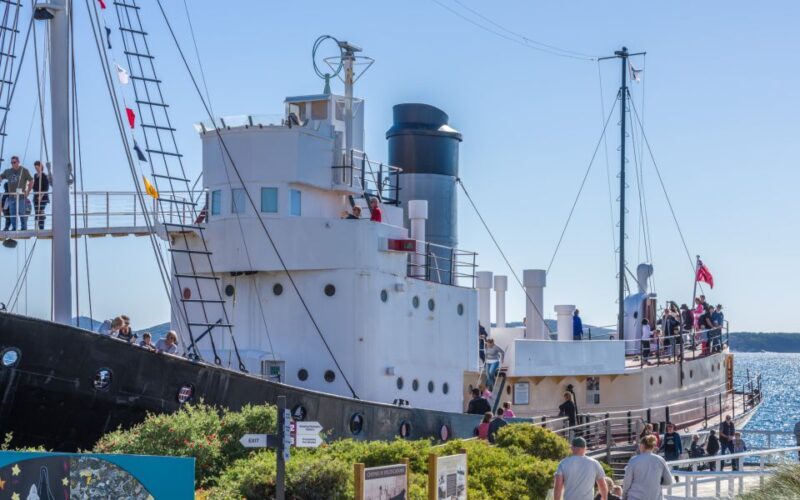
This tour is best suited to history enthusiasts, marine life lovers, and families wanting an educational outing. It’s perfect if you want to learn about Australia’s whaling industry without the intensity or controversy often associated with modern discussions. For travelers who value authentic artifacts and historic ships, this experience offers tangible connections to the past.
If you’re looking for beautiful scenery combined with cultural insight, the site’s location overlooking the bay makes it an added bonus. It’s also a great option for those wanting a full day out that includes outdoor spaces, native wildlife, and scenic gardens.
Final Thoughts
The Albany Historic Whaling Station stands out as a thoughtfully curated, well-priced experience that captures a unique chapter of Australia’s maritime history. Combining informative exhibits, impressive marine skeletons, and a preserved whale chaser ship, it offers visitors a chance to understand the scale and impact of the whaling industry in Western Australia.
The site’s natural beauty and additional attractions, such as the wildflower gardens and wildlife park, make it a well-rounded destination for families and curious travelers alike. The reviews reflect a consistent appreciation for the knowledgeable staff, engaging displays, and the overall value for money.
For anyone interested in Australia’s past, marine life, or simply looking for a meaningful sightseeing stop, this tour delivers more than just the basics. It’s a quiet, educational journey that makes history accessible and memorable.
FAQ
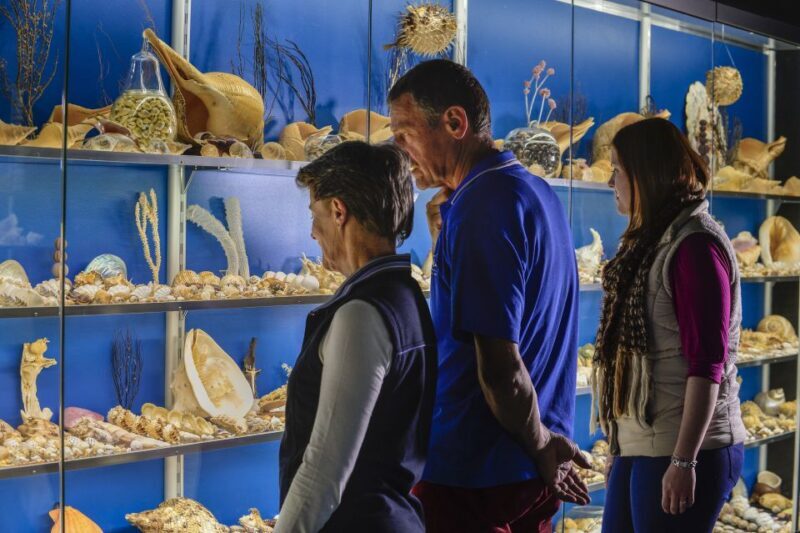
Is this tour suitable for children?
Yes, the site is family-friendly, with exhibits and outdoor areas that children can enjoy. Kids will find the ship and skeleton displays particularly fascinating.
How long does the visit typically last?
Most visitors spend around 3 hours exploring the factory, ship, exhibits, and gardens, but you can take your time at your own pace.
Is there a guided tour included?
The description doesn’t specify guided tours; visitors often explore independently, but staff are available to answer questions, and guides may be available on site.
What should I bring for the visit?
Comfortable shoes are recommended for walking around the exhibits and gardens, along with sun protection or a hat if visiting in warmer months.
Can I combine this with other attractions?
Yes, the site offers access to the Regional Wildflower Garden and Australian Wildlife Park, making it easy to extend your visit or combine with nearby attractions.
What is the ticket price and what does it include?
For $24 per person, your ticket grants access to all exhibitions, films, the ship, gardens, and wildlife park, making it good value for a full day of learning and exploration.
